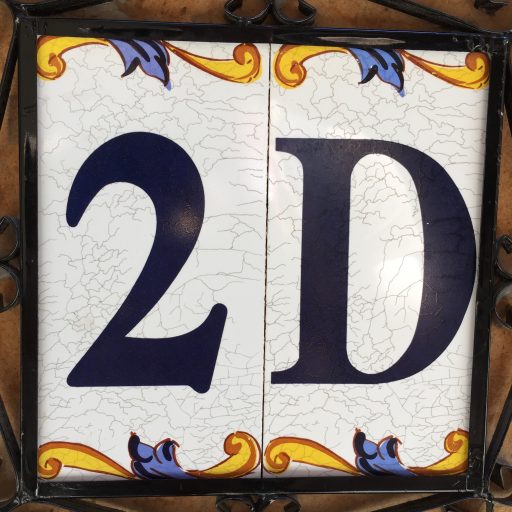Category: Nerd stuff
-
New OCIO configs available
New OCIO configs arrived in the last months. I am happy to see more and more options available to try out and test for productions. ACES 1.3 — OpenColorIO-Config-ACES 2.1.0 – 2.2.0 for ACES 1.3 ACES 2.0 — OpenColorIO-Config-ACES 3.0.0 for ACES 2.0 At the moment (05/2025) I am only aware that Autodesk Flame 2026,…
-
OpenColorIO-Config-ACES 2.0.0 available (09/2023)
There is a new OCIOv2 config available. Check the link for the updates. The name of the release is a bit confusing again, because the config contains: For me as a MAC user with Display P3 screens, the following feature could be important: “DisplayP3 Related Colorspaces and Display Rendering Transforms”. But I need to test the…
-
Holiday links (06/2023)
During a two weeks summer break in Seville I took the time to study a bit of 3D rendering background. I found a YouTube playlist from the Technische Universität Wien about the topic: “TU Wien Rendering / Ray Tracing Course“. The course is super interesting, great that this kind of knowledge is available for free.…
-
Easter links
Here are some interesting YouTube and website links: Color Inconstancy, Chromatic Adaptation, and Scales of Color Appearance A Beginner’s Guide to (CIE) Colorimetry
-
What does a digital camera RAW file store?
When I use a photo develop program like Capture One, Affinity Photo or darktable I don’t really need to care. I am presented with an image, I can tweak it and hopefully get out a good looking digital photo. But when I want to know what color an object in a photo has? What do…
-
Need more options? – try Blender and AgX.
Here is a little “How-To” use Blender with a different OCIO config called AgX.
-
Holiday links (10/2022)
I like to store and share some links that I found interesting and useful in the last months. Here they are: A new OCIO v2 config called AgX and a video explaining some of the ideas behind it. Some interesting insights in DSLR camera native file or also called RAW files. I watched this video…
-
New article: Working colourspace implications
I am happy to have finished another article that was long in the making. I even had to stop working on it and finished the article One scene – many images before. But somehow it made sense, because this article was still also in the middle of some thought processes. But here is now the…
-
OCIO v2 – 1.0.0 available
This evening I saw on ACESCentral.com that the download for OpenColorIO-Config-ACES 1.0.0 is available now. I updated the article Blender 3.4 alpha & OCIO v2 accordingly and I will start soon to do some tests in Blender and Nuke. The ACES 1.2 release candidate is the last version that will be available for the OCIOv1…
-
HDR-holiday cleanup
Autumn is here and so there will be soon new Apple OS versions. In the upcoming weeks there should be coming the MacOS Ventura and the iPad 16.1 releases. Of course I will do some HDR tests once the updates are available. In the meantime I cleaned up the subdomain hdr.toodee.de and the HDR-Gallery pages.…
